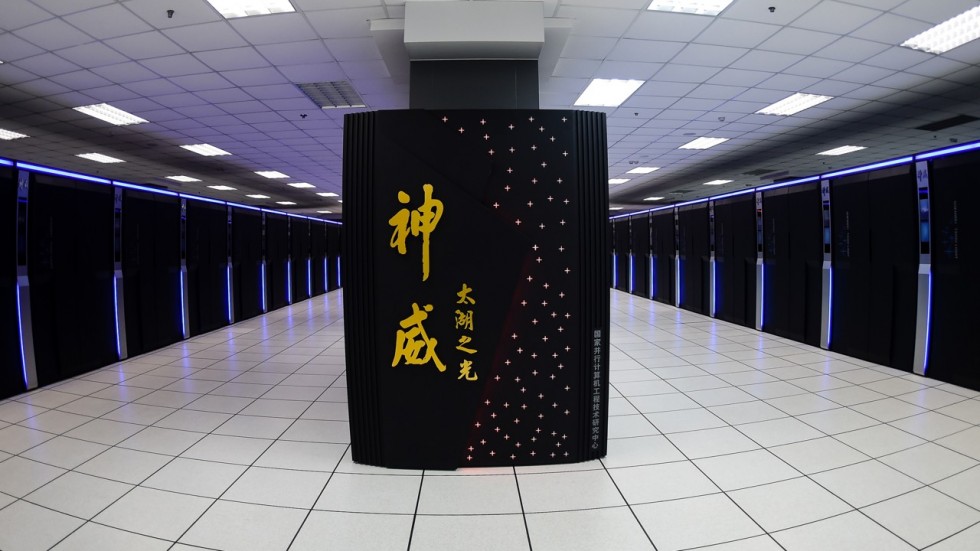Last month, a team at the University of Zurich managed to simulate the largest virtual universe. But according to a report by South China Morning Post (SCMP), Chinese researchers successfully simulated a virtual universe almost five times bigger.
They did so by utilizing 10 million CPU cores of the Sunway TaihuLight – known as the world’s fastest supercomputer – at the National Supercomputer Centre in Wuxi, around two months ago.

Using around 10 trillion digital particles, the supercomputer simulated the universe’s birth and early expansion, around tens of millions after Big Bang. However, the Sunway simulation ran for only an hour due to other clients waiting at the center. Still, a lot less in comparison to the Swizz simulation which lasted for around 80 hours.
Such simulations can help scientists focus on specific areas of the universe which could be further explored using advanced telescopes and other technologies. The scientists are calling this simulation a “warm-up exercise,” and they aim to simulate the universe from its birth till the current era, around 13.8 billion years.
However, this needs a longer run time, and Chinese computers are known for their weaknesses and have rarely operated at their full capacity, according to SCMP. Most probably, the simulations would run on Sunway’s successor, around ten times faster, which is expected to complete some time in 2019.

Comments
Post a Comment